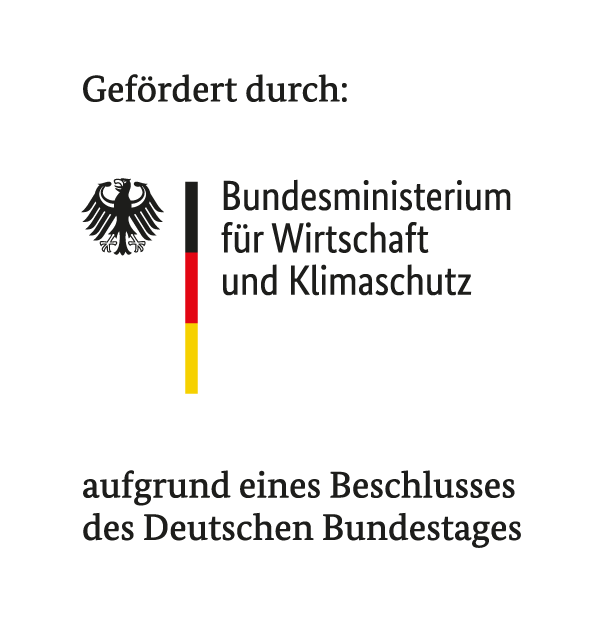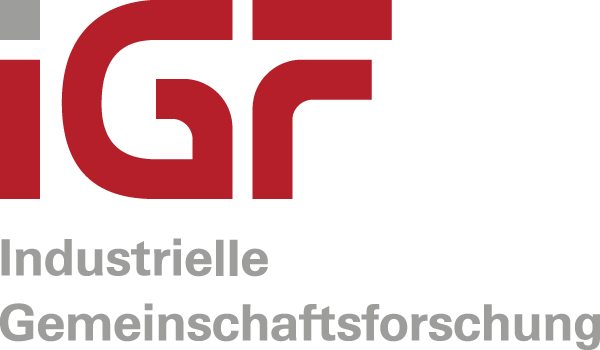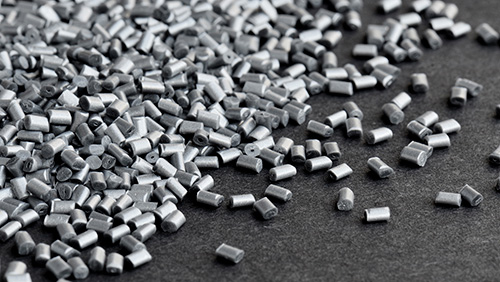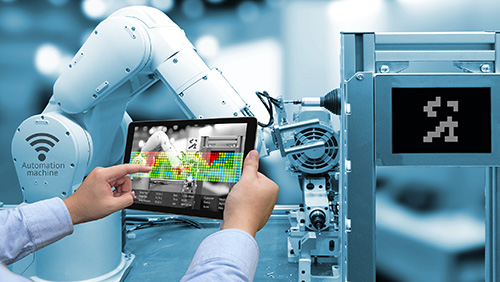Find projects
3DMics
Qualification of functional additives for the filament based 3D printing
Project duration
From: 01.06.2021 To: 31.05.2023Description
The aim of the research project was to systematically examine and qualify the use of functional particulate additives (microencapsulated) for the FLM process. This should generate new application possibilities, improve the properties of 3D printed parts and thus open up new options for market access.
The procedure for the comprehensive expansion of the material spectrum for the FLM process is based on the microencapsulation of functional additives and their integration into the filaments. In addition to basic information on the usability of microencapsulated functional additives in filaments and 3D printed parts, the investigations focused in particular on smart additives that are produced by the microencapsulation of functional liquids (pseudo-solids). In phase 1 of the investigations, basic information on the use of micro-encapsulated functional additives in the FLM process was generated. In order to avoid possible interactions with the core material, (inert) model particles with a defined size and surface properties were used without encapsulation in the first project phase. Finally, in phase 2, two functional additives were selected, encapsulated, processed and printed using FLM:
- Microcapsules filled with oil for the production of self-lubricating composites
- Microcapsules filled with induction-activatable particles to reduce anisotropy
For both systems, the general manufacturability of the capsules, their processability and the printing behavior of the microcapsule-filled plastics were demonstrated. Subsequent application-relevant tests of the test specimens for their respective functionality showed a significant improvement in the tribological properties (with the oil-filled microcapsules) and a slight improvement in the mechanical properties (with the induction-activated microcapsules).
Contact person:








